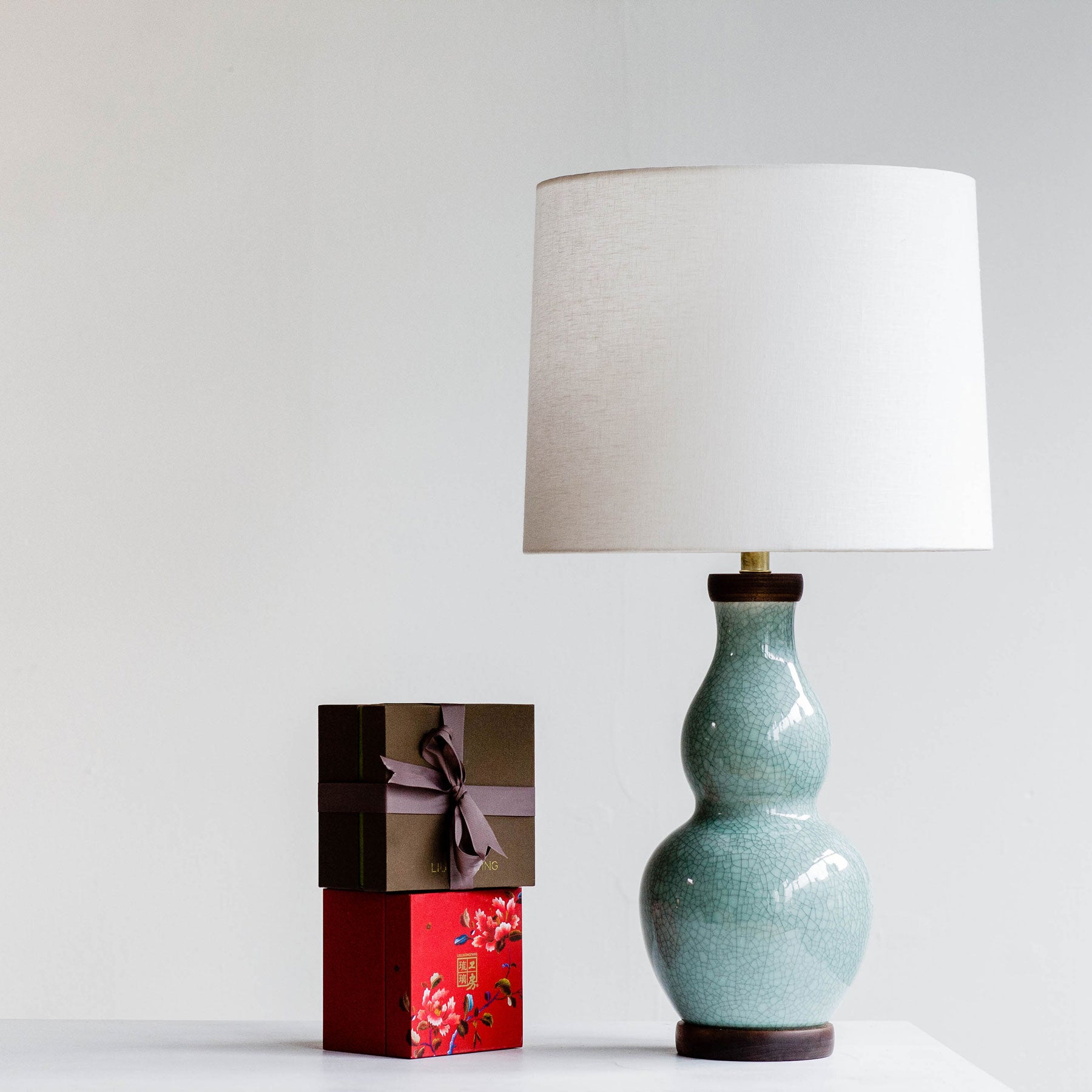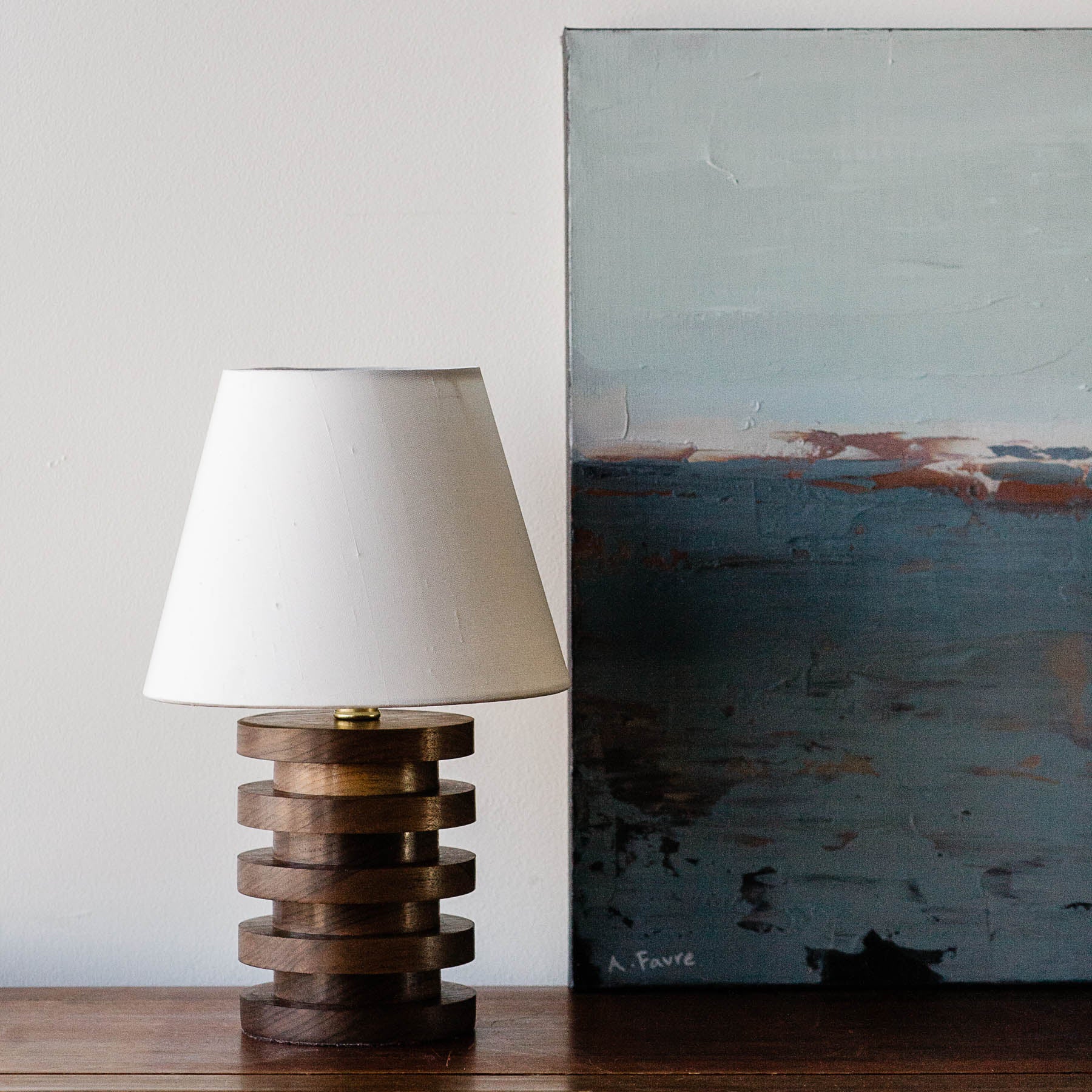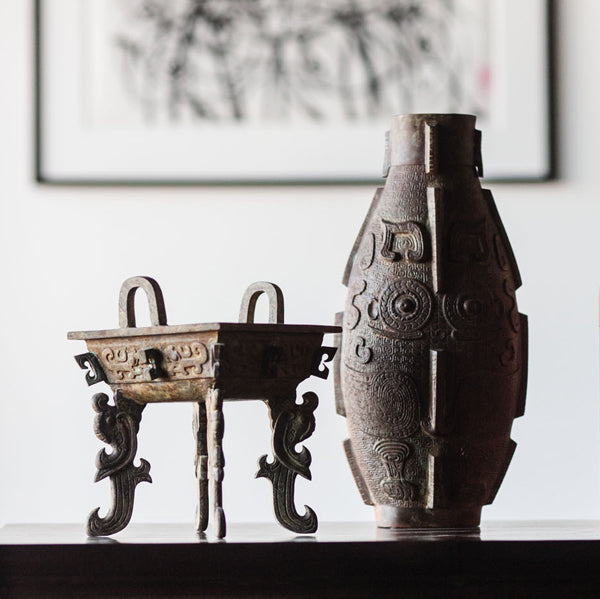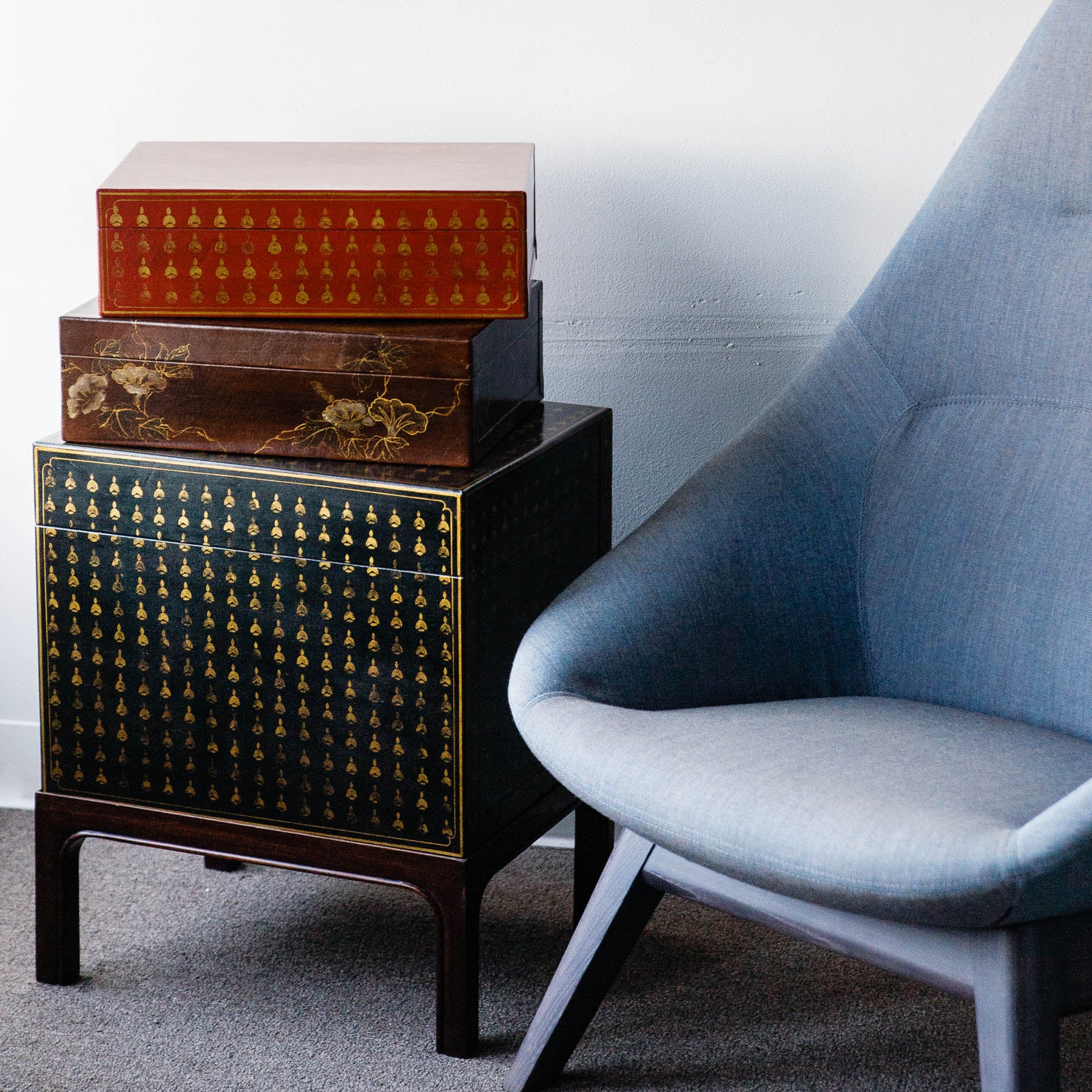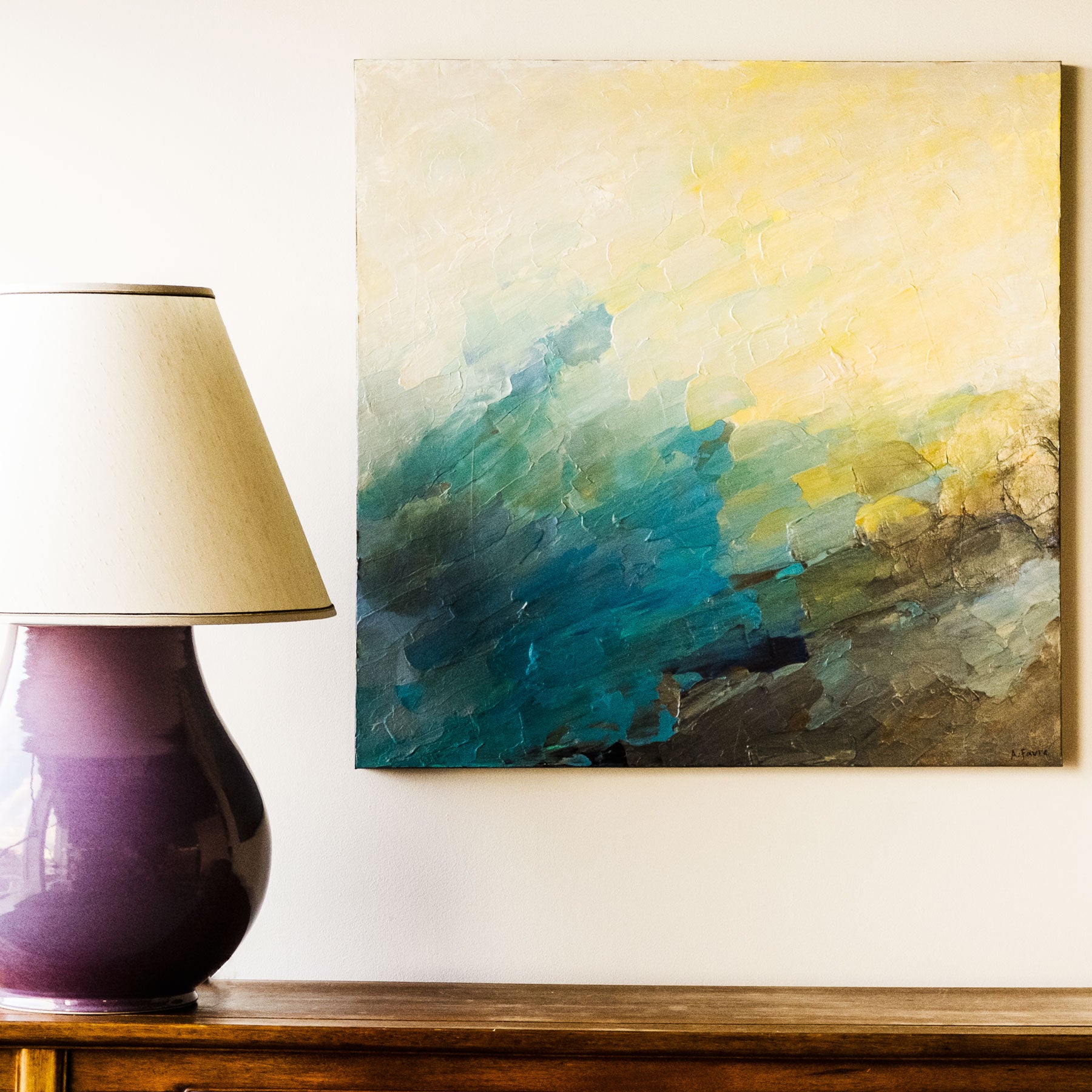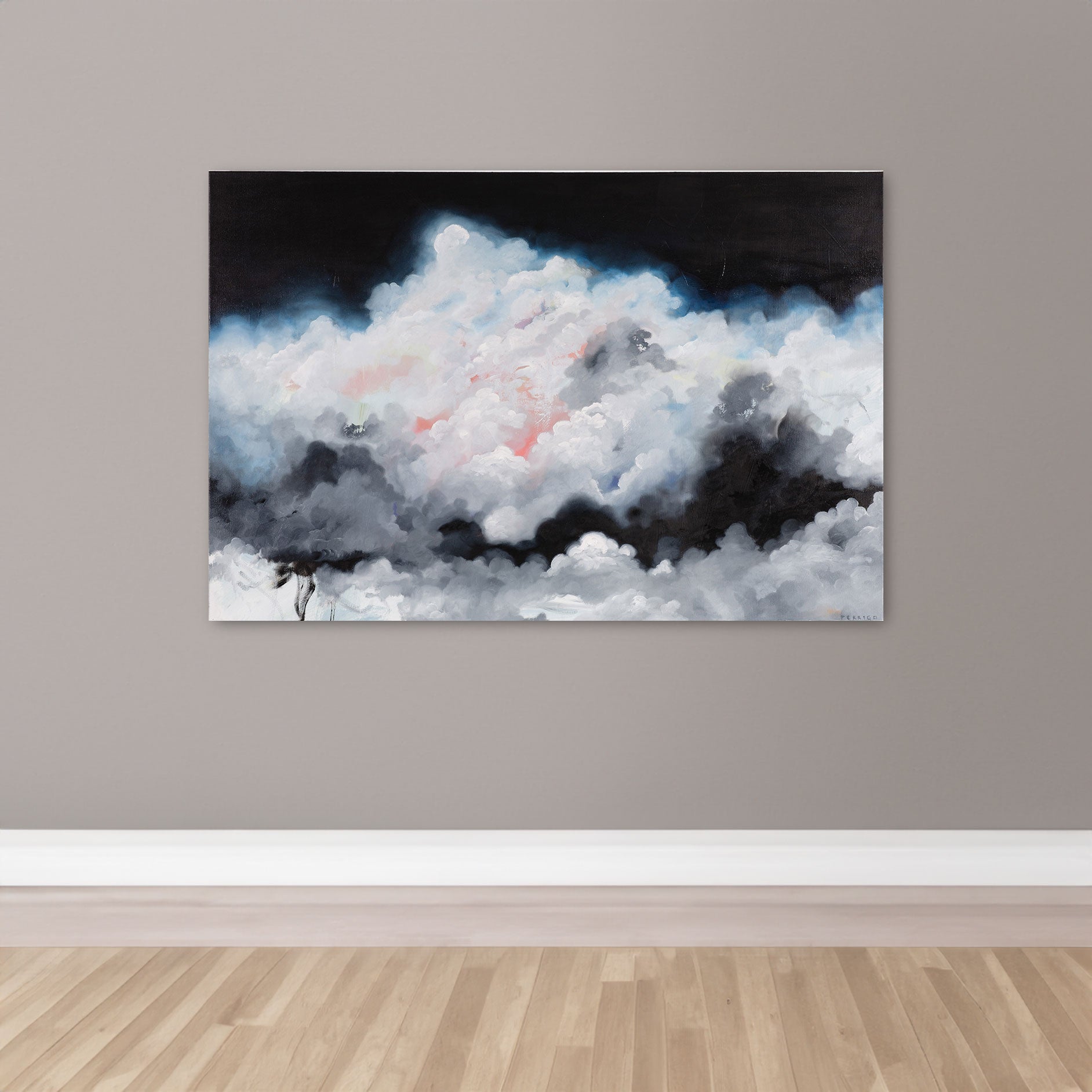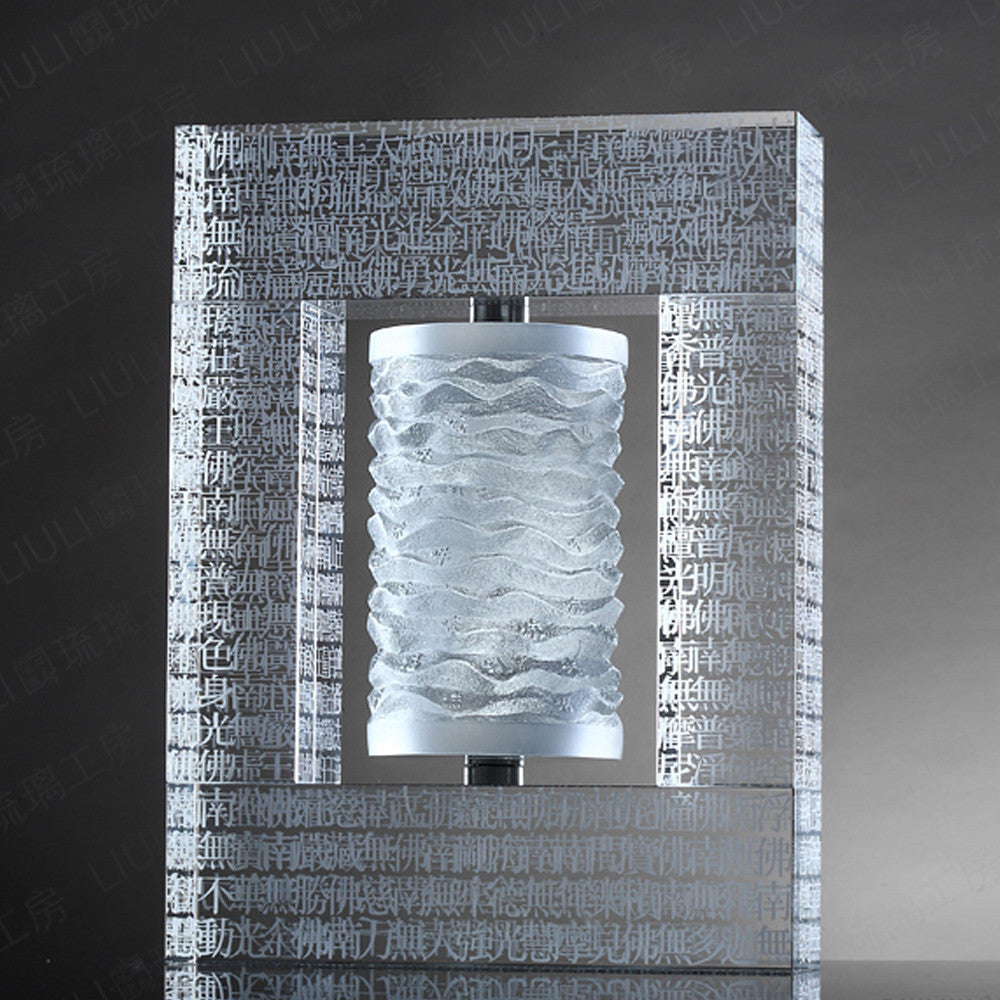(FTC: This post may contain affiliate links)
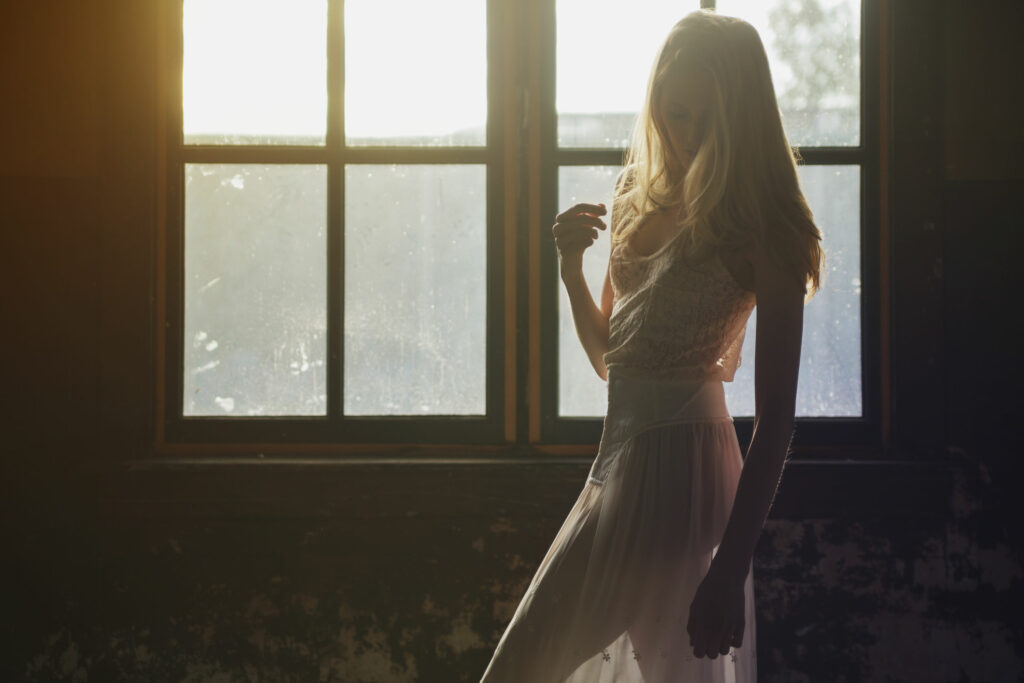
My introduction to the world of lighting began through photography, where I discovered the captivating interplay between light and shadow, and how it could dramatically transform the effect of a photograph. This principle extends beyond photography and applies to video, cinematography, and even interior design. In essence, we are always creating a "scene." One influential book that shaped my understanding of visual language is "Matters of Light and Depth" by the esteemed cinematographer, Ross Lowell.
In his book, Lowell delves into the concept of lighting in layers, emphasizing the significance of creating depth and dimension in cinematography. He recognizes that lighting is not merely about illuminating a subject, but also about sculpting the image and guiding the viewer's attention—an idea that resonates with the art of designing a room. It involves placing emphasis on statement pieces while ensuring utilitarian illumination for visibility.
Lowell explains that lighting in layers entails the strategic use of multiple light sources positioned at various distances and angles from the subject. This technique allows the cinematographer or designer to establish a sense of depth by highlighting different elements within the frame.
Within the book, Lowell suggests employing a key light as the primary source of illumination. The key light determines the main exposure and shapes the subject. Typically, it is the brightest and most prominent light in the scene. Lowell advises positioning the key light at an angle to generate shadows and depth. The key light is often directional and focused.
In addition to the key light, Lowell advocates for the incorporation of fill lights to balance the overall exposure and reduce excessive shadows. Fill lights are generally softer and less intense than the key light. Their purpose is to fill in the shadows created by the key light, ensuring that crucial details are not lost. In interior design, fill lights can be achieved through the use of larger fixtures and table lamps with well-diffused shades.
Furthermore, Lowell explores the concept of backlighting, which involves placing a light source behind the subject. Backlighting helps to separate the subject from the background, creating a halo-like effect and adding depth to the image.
Additionally, Lowell underscores the importance of considering the background and utilizing additional lights to enhance its appearance. By illuminating the background separately, the cinematographer or designer can create separation and depth between the subject and its surroundings, resulting in a layered and visually captivating effect.
Overall, Lowell encourages cinematographers and designers to adopt a layered approach when it comes to lighting. By thoughtfully controlling and positioning multiple light sources, they can infuse their images with depth, texture, and visual intrigue, ultimately enriching the overall cinematic or design experience.
Now, how will you master the art of layering lights in your own creative endeavors?
Leo Lam is the CEO of Lawrence & Scott. He is also an award-winning fashion photographer and lighting designer.

